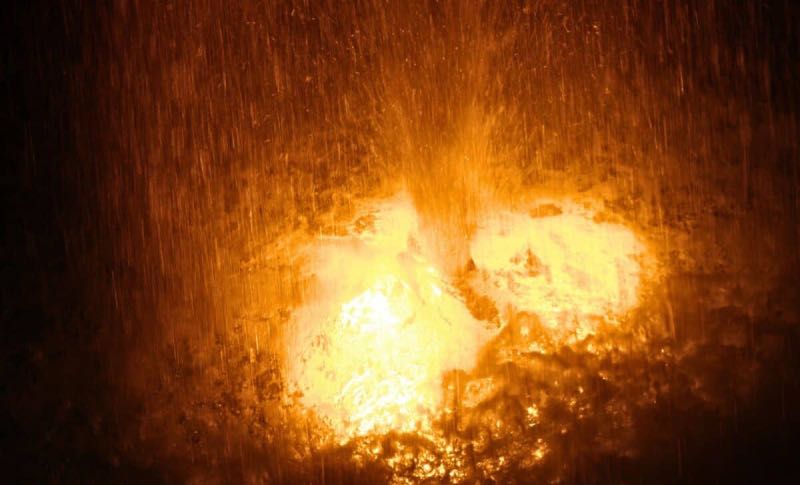For years, scientists believed Earth’s core was a locked vault—sealed away, unreachable, and untouched by surface activity. But new research suggests that idea may need revising. According to a recent study published in Nature, some of the rarest elements on the planet—including gold—may actually be escaping from deep within the Earth, making their way toward the surface via volcanic activity.
The Unexpected Journey of Ruthenium and Gold
Researchers studying volcanic rocks in Hawaii discovered something unusual: elevated levels of ruthenium, a rare metal that belongs to the platinum group. What caught their attention was that this element likely originated from the boundary between the Earth’s core and mantle, nearly 2,900 kilometers beneath our feet. That means it had to travel through a massive stretch of solid rock before emerging through a volcanic plume.

This challenges a long-standing assumption in geology—that the core and the rest of the Earth are entirely separate systems. Instead, it seems there may be a slow but steady flow of materials leaking from the planet’s core. These materials sink into the mantle and eventually rise through hotspots, such as Hawaii.
How Gold From the Core Might Reach the Surface
The idea that Earth’s core is leaking gold sounds like something from science fiction. However, it’s rooted in real data. These deep plumes that feed volcanic hotspots aren’t just carrying molten rock—they also are transporting trace amounts of precious metals like gold, platinum, and ruthenium.
This doesn’t mean you’ll strike gold next time you visit a volcano. However, it does suggest that the Earth’s deep interior is more dynamic than once believed. For those interested in natural resources or planetary science, this opens up new questions about how Earth works. Especially when you’re looking at the way it recycles and redistributes its materials over time. It also adds a new layer of mystery to how some of the most valuable elements on Earth got here in the first place.
